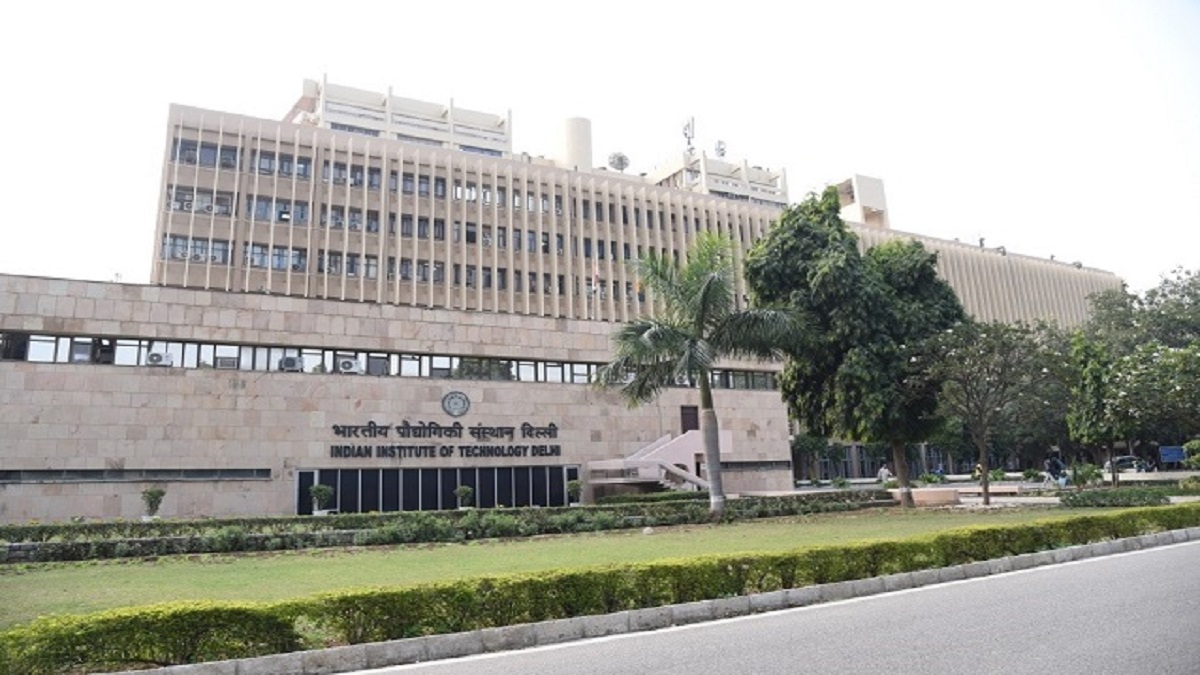Modified AC systems in commercial buildings can reduce Covid spread: IIT Delhi
The study found that the residence time of aerosol reduces considerably with an increase in the ventilation rate.
Indian Institute of Technology (IIT) Delhi researchers have found that redesigning air conditioning systems used in commercial buildings to increase the ventilation rate can limit spread of COVID 19 in indoor spaces as it reduces the residence time of pathogens.
A three-member team from IIT Delhi demonstrated a procedure for estimating the probability of infection of a healthy occupant when living in the same enclosed space as a COVID-19 infected person breathing out pathogens.
The study titled “Modeling of dispersion of aerosolised air-borne pathogens exhaled in indoor spaces” has been published in the journal "Physics of Fluids". The researchers claim that this is one of the first demonstrations of estimating the likelihood of infection from a purely fluid dynamics perspective and considers the role of many occupants that affects the pathogen's spread, The Telegraph reported.
According to Amit Gupta, professor at IIT Delhi, the study found that the residence time of aerosol reduces considerably with an increase in the ventilation rate.
"The ventilation rate is an indicator of the rate at which fresh air is brought into an indoor space. Typically, it is represented by air changes per hour (ACH). The role of high ventilation rate in reducing the spread of the pathogen is crucial. It is observed that increase in ventilation rate not only decreases the residence time of virus and radial zone of high infectiousness, it also reduces the number of susceptible people in the enclosed space," Gupta said.
Read more:
Follow Shiksha.com for latest education news in detail on Exam Results, Dates, Admit Cards, & Schedules, Colleges & Universities news related to Admissions & Courses, Board exams, Scholarships, Careers, Education Events, New education policies & Regulations.
To get in touch with Shiksha news team, please write to us at news@shiksha.com
Latest News
Next Story


Comments